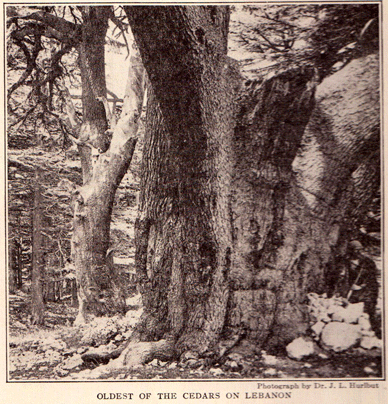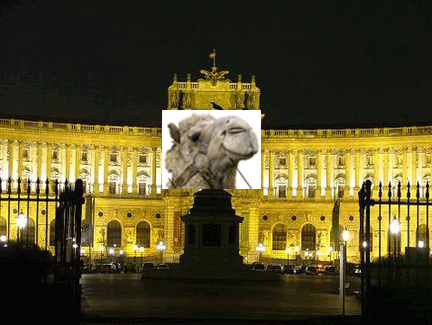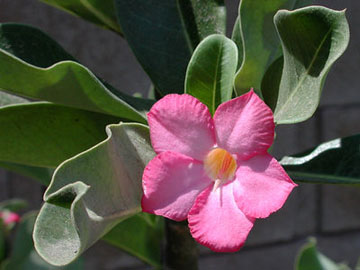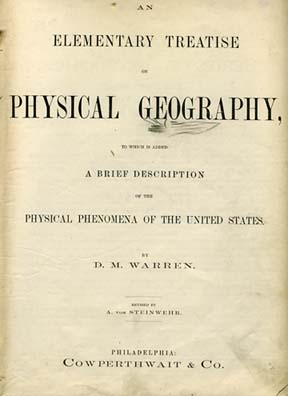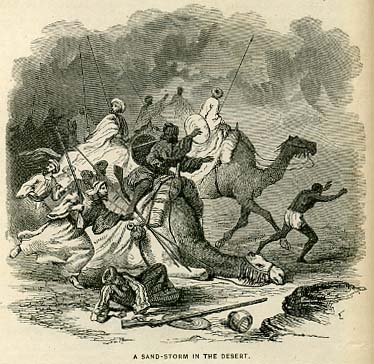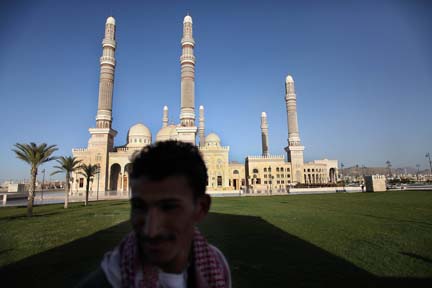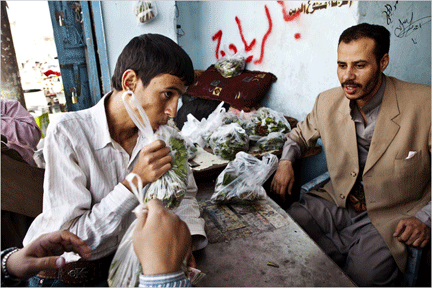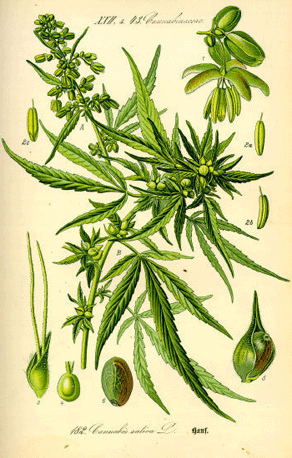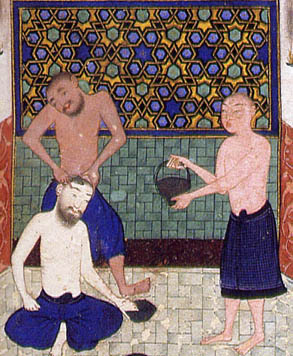
The Arab physician IbrÄhÄ«m ibn ‘Abd al-Rahman ibn AbÄ« Bakr al-Azraq, wrote an important medical text near the end of the 9th century A.H./fifteenth century C.E. This is his TashhÄ«l al-manÄfi‘ fÄ« al-á¹ibb wa-al-ḥikma, which was published in Cairo in the late 19th century and has been republished many times since then. One of his chapters deals with adhÄn, that is oils and lotions that were rubbed on the body either in the hot bath or just for general health. Here is my translation of his account on oils.
Section on the Benefit and Influence of Oils (adhÄn)
The Prophet, may Allah bless him and grant him salvation, said: “Eat olive oil (zayt) and rub it on the body.†It is a remedy for seventy illnesses, one of these being leprosy (judhÄm). He said: “For forty nights, Satan will not come near anyone who has olive oil applied.†Zayt is the extraction of the olive, according to al-DÄ«wÄn. Cold and wet, but said to be hot. It softens (yadbughu) the stomach, strengthens the body, energizes movement, and there is benefit for one in old age in applying it to the eyes against dimming of vision. According to Ibn ‘Amr the Prophet, may Allah bless him and grant him salvation, said: “Use it to season bread and rub it on the body, because it comes out of the blessed tree (al-shajara al-mubÄraka). Continue reading Ibn AbÄ« Bakr al-Azraq on Massage Oils: #1 →
